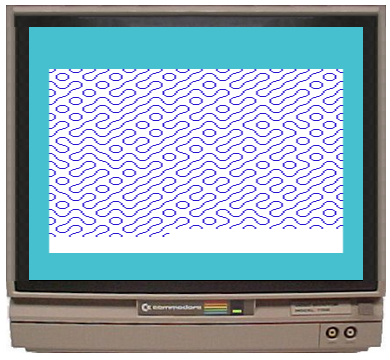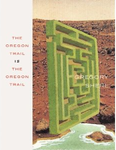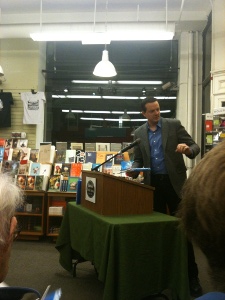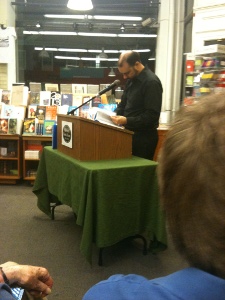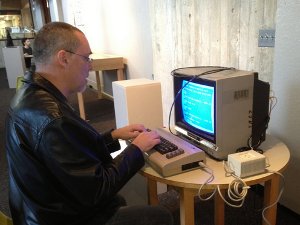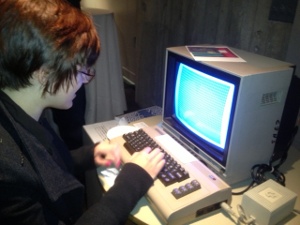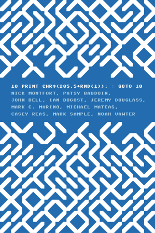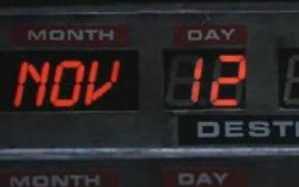What is it that those who have it hate it and oppose it, but those who lack it desperately want it and imagine it?
A canon.
Deb Chachra called my attention to Infovore’s new canonical list of “hypertext literature / interactive fiction / digital narrative.”
I certainly don’t object to the exercise of blog-based canon development. Back in 2004 I presented a canon-like list of Atari VCS games. Thinking up the list and discussing it online were very useful to me as I started formulating the book I’d later write with Ian Bogost, Racing the Beam. Some of the discussion was “what about this game, why not that game?,” as one commenter noted, but really not much of it – more often we ended up discussing why the focus on the Atari VCS, or what qualities make a game worth studying, or how gameplay and graphics/sound interact, etc.
So, instead of offering any substitute items for the list provided, I’ll just try to mention an aspect of “canon” that Infovore has already picked up on. The best idea in developing such lists seems to be not to pick the greatest hits or the first at doing something or the most widely cited, but rather to choose those productions that are interesting to compare to others.
A canon is a standard, as the OED offers: “c. A standard of judgement or authority; a test, criterion, means of discrimination.” So, it would make sense to me to select works that are, for example, the best at political discourse, or engagement with language, or formal innovation, or critique and transformation of existing work – or whatever aspects of interactive literature one values. What would you hold up as an example of avant-garde writing practices meeting interactivity, for instance, after 1961? What’s the standard for work that engages with contemporary political issues?


